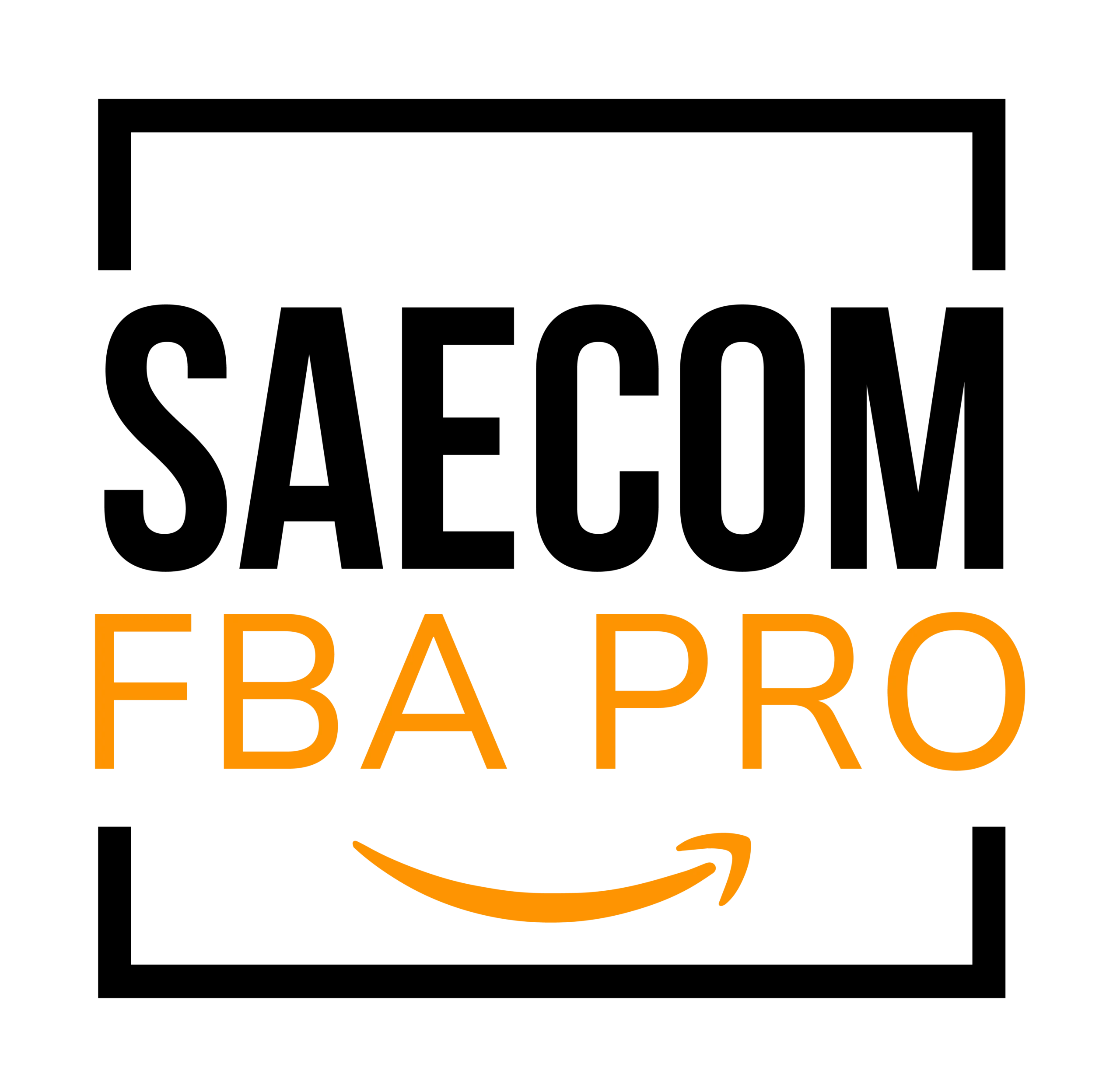Selling 3D Printed Items on Amazon: Beginner Guide
Thinking about diving into 3D printing? One exciting opportunity is to create your own 3D-printed items and sell them on Amazon. Many creative entrepreneurs are already doing this, and with the right approach, you can turn your designs into a profitable online business. This blog covers the basics, best practices, and tips for successfully selling 3D products on Amazon.
The Rise of 3D Printing

While 3D printing has been around for nearly four decades, it has only recently gained popularity as an accessible hobby and business opportunity. Affordable, at-home printers now allow individuals to create everything from jewelry and tools to toys, home décor, and even medical equipment.
In fact, 3D printing became even more vital during the pandemic, as many hobbyists used their printers to create face shields and other protective gear for healthcare workers when supplies were short.
How Does 3D Printing Work?
At its core, 3D printing involves pushing a special material, called filament (think of it like “ink” for 3D printers), through a heated nozzle onto a flat surface. The printer deposits the material layer by layer, following exact computer-generated instructions, until a complete object is formed.
Why Sell 3D-Printed Products Online?

Amazon sellers have many business models available, such as private label, wholesale, reselling, dropshipping, and handmade goods. For people who love creating unique items, 3D printing is an innovative alternative with several advantages.
Here are a few reasons why it stands out:
1. Lower startup costs
Most sellers in private label or wholesale spend between $1,000–$2,500 upfront for bulk orders from suppliers. In contrast, 3D printing requires just the initial cost of a printer (around $350–$500) and some supplies. You can print on demand, eliminating the need to stock up on large quantities. If you decide to stop, you can resell your printer and recover part of your investment.
2. Less time searching for products
Instead of constantly hunting for products or discounts, you can design and print your own. With just a few listings, you can fulfill orders as they come in, saving you time compared to reselling or arbitrage.
3. Faster fulfillment
3D printing allows you to print, pack, and ship within a day. Compared to dropshipping, which can take weeks for delivery, this gives your customers a much better shopping experience.
Why Choose Amazon Over Other Platforms?
Amazon offers several advantages compared to platforms like eBay and Etsy:
- Bigger audience – Amazon attracts over 2 billion visitors monthly, far outpacing Etsy and eBay.
- Less competition – Despite the traffic, Amazon has fewer active sellers than its competitors.
- Sales predictions – Amazon provides product rankings and sales data that help sellers estimate demand. With tools from SAECOM FBA PRO, you can analyze product niches and competition before launching.
- Fulfillment by Amazon (FBA) – Amazon’s fulfillment centers handle storage, packing, and shipping, making selling easier.
Of course, Amazon does have higher fees and requires more learning than Etsy or eBay, but the tradeoff is access to a much larger customer base and fulfillment support.
Getting Started with 3D Printing: Costs & Tools
To launch your 3D-printing business, you’ll need some basic equipment:
- 3D Printer – Entry-level printers start at $250–$500. For professional results, look for larger heated beds and higher build quality.
- Filament – Thermoplastic material used for printing, typically $20–$30 per roll.
- Tools & Accessories – Items like sealants, knives, or sanders may be needed for finishing.
- 3D Models & Software – You can design your own, purchase, or hire a designer. Software options range from free to $150.
- Computer – A decent system with at least 4 GB RAM and a strong processor is recommended.
How to 3D Print Your Designs

Once you’ve gathered your tools, here’s the general workflow:
- Obtain or create a 3D model – Either design one using software, download an open-license model, or hire a designer. Remember: you cannot sell copyrighted designs.
- Slice the model – Use slicing software to convert the design into instructions for your printer.
- Prepare the printer – Load the filament and level the printing bed.
- Print – Depending on the complexity, this can take anywhere from minutes to several days.
- Post-process – Remove supports, smooth edges, paint, or polish to improve the final product.
Selling 3D-Printed Products on Amazon
Selling your creations on Amazon works much like other business models, with a few key differences.
Step 1 – Register as a Seller
Head over to Amazon Seller Central and create your account.
Step 2 – Research Product Opportunities
Use tools like SAECOM FBA PRO to analyze demand, competition, and profitability. Aim for products that sell consistently, have low competition, and are lightweight and easy to ship. Avoid food-related products since most filaments aren’t food-safe or heat-resistant.
Step 3 – Decide Your Fulfillment Strategy
Choose between:
- Made-to-order (print after each sale, requires FBM shipping),
- Forward stock (print items in bulk and store them with Amazon FBA), or
- A hybrid approach (keep some inventory with FBA and print extras as needed).
Step 4 – Create a Product Listing
Optimize your listing with strong keywords, compelling descriptions, and high-quality images. Register your brand for A+ Content to boost credibility and conversions.
Step 5 – Launch Your Product
Once your listing is live, monitor sales and consider using Amazon PPC ads to boost visibility.
Final Thoughts
3D printing opens up unique opportunities for creative entrepreneurs who want to sell on Amazon. With lower startup costs, faster production, and endless customization possibilities, it’s an exciting path for sellers who prefer making their own products rather than sourcing them. By combining the flexibility of 3D printing with Amazon’s massive marketplace and tools like SAECOM FBA PRO, you can start building a scalable business that stands out.


